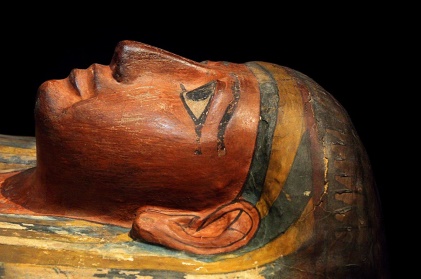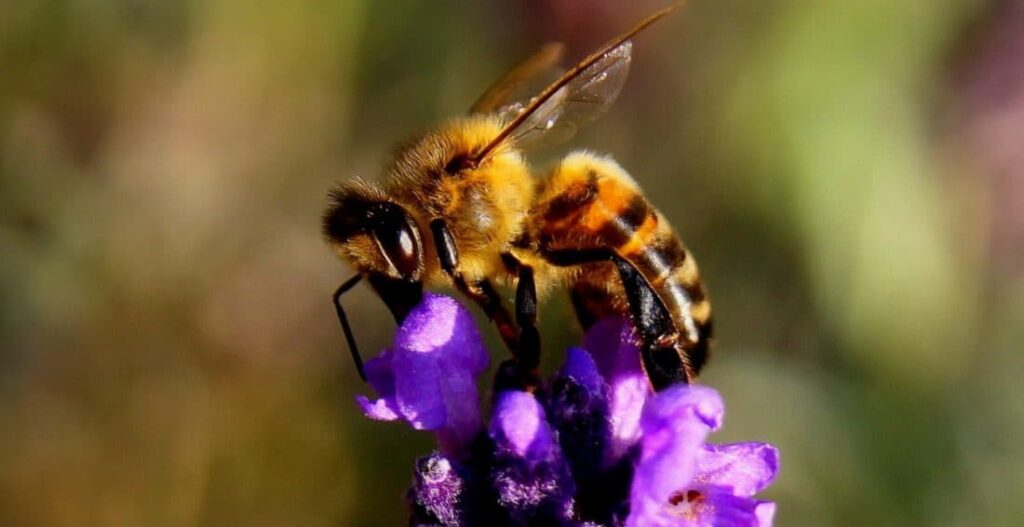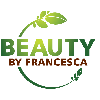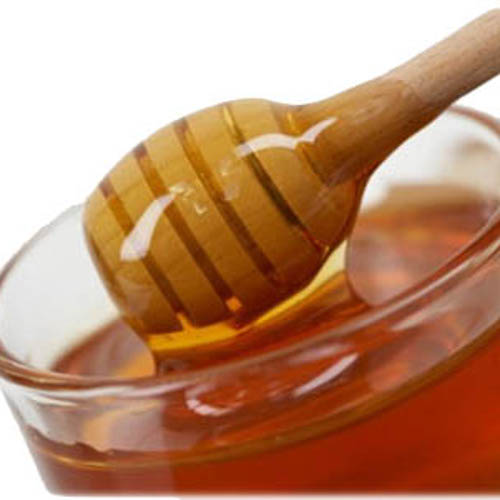Did you know that you can use honey for skin care? Honey is not just a delicious, natural sweet treat from the bees, it’s also a powerful antibacterial, anti-fungal, moisturizing skin treatment. It’s been used in beauty and medicine (yes, medicine) for over 5,000 years. In ancient times, honey was used to treat wounds and a variety of skin ailments due to its healing properties. In fact, it was discovered that the ancient Sumerians used honey in 30% of their medical prescriptions! Honey was also cherished by the Ancient Egyptians, so much so that they wanted to take it with them into the afterlife.
Believe it or not, jars of perfectly preserved 3,000 year old honey have been found in Egyptian tombs.

Chock full of vitamins, enzymes and antibacterial properties, the benefits and the healing power of honey for skin care are no less prized today than they were in ancient times. So, what’s the big deal about putting honey on your skin? Read on to find out how only a few dollars can get you BIG skin benefits. First, a small bit about honey…..
How is honey made?

Honey processing starts with the collection of liquid flower nectar by bees in the bee’s honey sac. They then take this liquid nectar and place in it honeycombs where it breaks down into simple sugars. The liquid is then evaporated by the bees by using their wings to vigorously fan the honeycomb. The end result is sweet liquid honey. Beekeepers harvest the honey by collecting the honeycomb frames and scraping off the wax cap created by the bees to seal off the honey. Once the caps are removed, the honey is extracted by gravity, straining or centrifugal force.
Types of honey
In the United States alone, there are over 300 distinct varieties of honey based on flower source (Clover, Blueberry, Manuka, Dandelion, Acacia, etc.) as well as several different ways to process it, such as liquid, raw, and organic.
Liquid Honey is honey that has been heated, filtered and pasteurized. It’s what is found on most grocery store shelves. Processing honey with heat can destroy beneficial yeast and enzymes.
Organic Honey is honey that has been certified to be organic. Manufacturers of this honey must meet a set of specific organic standards; such as source of the nectar, identification of the honey bee foraging area, bee management, extraction process, transportation, processing temperature, and packaging materials. The honey must also be free of antibiotics, pesticides and environmental pollutants.
Raw honey is unheated, unpasteurized and unprocessed. In this form all nutritional and medicinal value is retained.
Manuka honey is honey that bees produce from Manuka trees that are native to New Zealand. Manuka honey contains an enzyme called methylglyoxal (MGO). This property is unique to Manuka honey and is not found in any other type of honey. This enzyme creates a natural hydrogen peroxide that works as an antibacterial agent.
What does honey do for skin?
Putting honey on your skin has many benefits. Honey possesses B vitamins, calcium, zinc, potassium, iron, antioxidants , enzymes and in some cases, a natural hydrogen peroxide. All of which contribute to its antibiotic, moisturizing, regenerating and anti-fungal properties. These active nutrients make honey great for our skin. They can treat conditions like acne, dry skin, aging, & clarifying and can even be used for cleansing.
How can honey be used for skin?
Honey is anti-aging, antibacterial, antibiotic, clarifying, and brightening. It can be used alone or mixed with other beneficial ingredients for more impact. To get the most skin benefits out of your honey treatments you should use raw unfiltered honey, not processed.
Top 5 ways to use honey for skin care:
- Anti-aging Facial Mask – Honey can be used for deeply penetrating, long lasting hydration. As a humectant, honey draws moisture from the air into skin layers. According to one study, honey has been shown to “keep the skin juvenile and retard wrinkle formation”. To use: spread 1-2 teaspoons of raw honey on clean skin and leave on for at least 30 minutes. Rinse with warm water.
- Zit Zapper – The antimicrobial and antibiotic properties of raw honey can treat acne without drying out your skin. To use: dip a cotton swab in raw honey and apply to affected area for 20 minutes, then rinse.
- Clarifying & Cleansing – Honey can help clarify skin. The enzymes in raw honey will help clear, clean and refine pores as well as help brighten skin. To use: Mix one tablespoon of coconut or jojoba oil with ½ tablespoon of honey. Massage over face in a circular motion then rinse.
- Exfoliator – Use baking soda and honey for a simple, yet effective treatment. Honey is moisturizing and soothing while the baking soda provides some light exfoliation. Not just for face, you can use this duo all over your body. To use: Mix one tablespoon of baking soda with two tablespoons of honey and rub on face in a circular motion for 1-2 minutes. Rinse and pat dry.
- Honey Bath – Honey is a natural moisturizer. Adding it to your bath will give you soft, silky and moisturized skin. To use: dissolve one cup of honey in one cup of water and pour into warn bath water. Note; to make it even more luxurious, you can also add a cup of milk and/or a cup of sea salt and 10-20 drops of your favorite essential oil.
References:
http://www.nationalgeographic.com.au/history/honey-in-the-pyramids.aspx
https://www.smithsonianmag.com/science-nature/the-science-behind-honeys-eternal-shelf-life-1218690/#oa76QwCeYkwcK6fQ.99https://www.ncbi.nlm.nih.gov/pubmed/24305429
Photos:
https://commons.wikimedia.org/wiki/File:Honey-benefits.jpg By Lama Raheem [CC BY-SA 4.0 (https://creativecommons.org/licenses/by-sa/4.0)], from Wikimedia Commons

